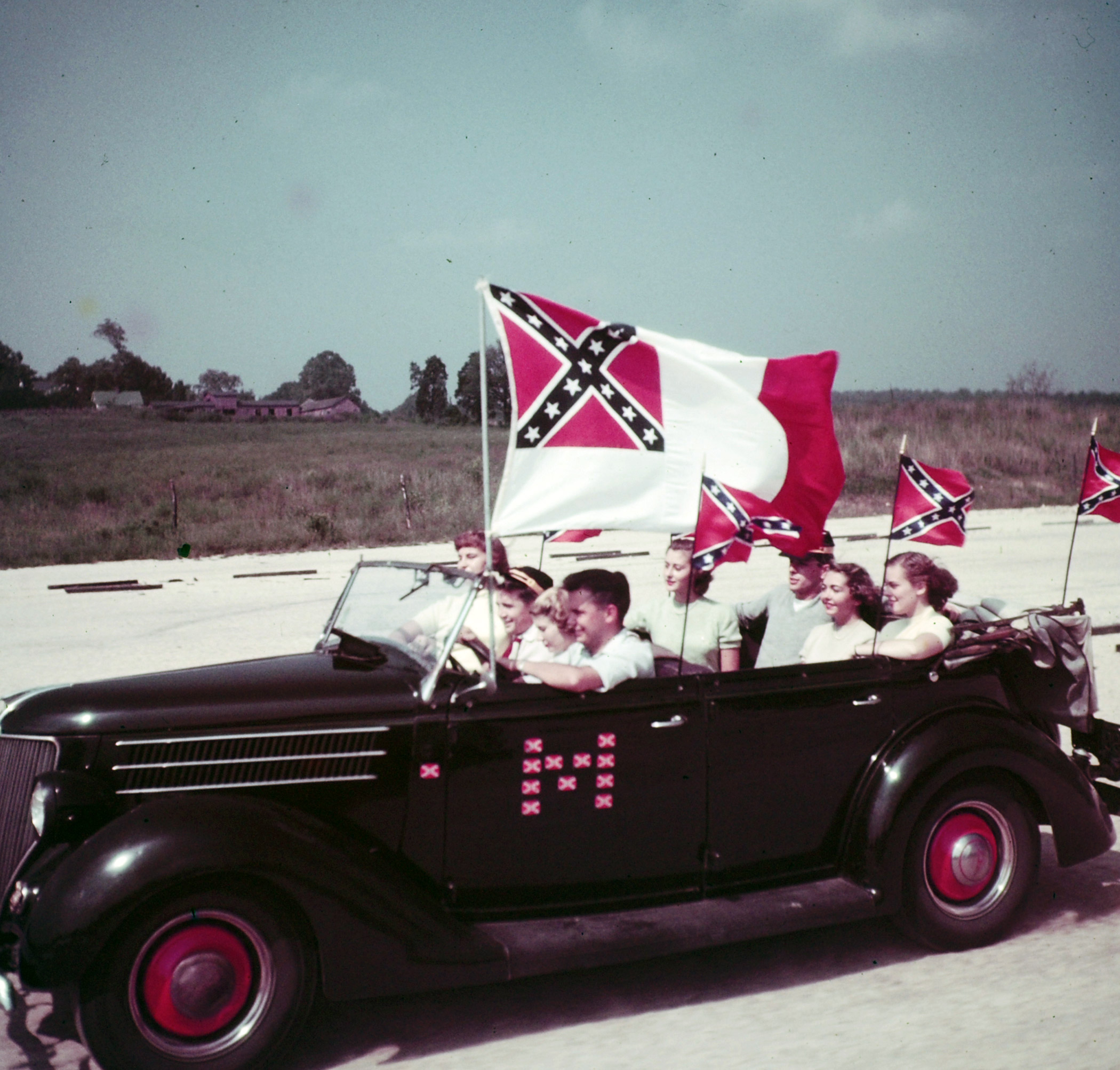
In the wake of the massacre of nine people at the Emanuel African Methodist Episcopal Church in Charleston, S.C., last Wednesday, pressure has mounted for the removal of a Confederate battle flag from the grounds of that state’s capitol. On Monday, South Carolina Governor Nikki Haley declared her support for its removal. Elsewhere, a Mississippi lawmaker has called for the elimination of the Confederate emblem from that state’s flag, and Walmart announced that it will stop selling merchandise featuring the flag.
The flag has long been a controversial emblem: its defenders often see it as a symbol of Southern heritage, while opponents find it an offensive reminder of a history of racism and slave ownership that has no place on government property.
In 1951, LIFE Magazine reported that the Confederate flag was having something of a renaissance, not only flying in its original form but also appearing on items of clothing, car decals and highball glasses. The magazine hypothesized the reasons behind its resurgence:
Some interpreted all this as an anti-Truman gesture, others possibly more intellectual as a revival of interest in state’s rights. Most people, however, recognized a fad when they saw one.
But one possible reason is conspicuously absent, at least in the context of today’s discussions: the coming of the civil-rights movement. President Truman had advanced the cause of equality in some ways—he was responsible for integrating the military by executive order, for example—so readers at the time could have guessed what “an anti-Truman gesture” might have been a euphemism for, but the story manages not to mention racial tensions at all.
The history of the flag is, of course, much more complicated than a flash-in-the-pan fashion statement. It was less than five years later that LIFE dispatched a photographer to a Virginia hearing on several bills that defied the Brown v. Board of Education desegregation decision, where she found segregationists standing outside the legislative chambers waving the Confederate flag as part of a campaign against school integration. Historians have pointed to the flag’s symbolism at that point in time as a conscious rebuke to desegregation.
LIFE’s take on the flag’s popularity not only oversimplified its significance, but it also misjudged by calling it a fad—which is, by definition, short-lived. As debates about its place in American society continue more than 60 years later, it’s clear that it’s been much more than that.
Liz Ronk, who edited this gallery, is the Photo Editor for LIFE.com. Follow her on Twitter @lizabethronk.
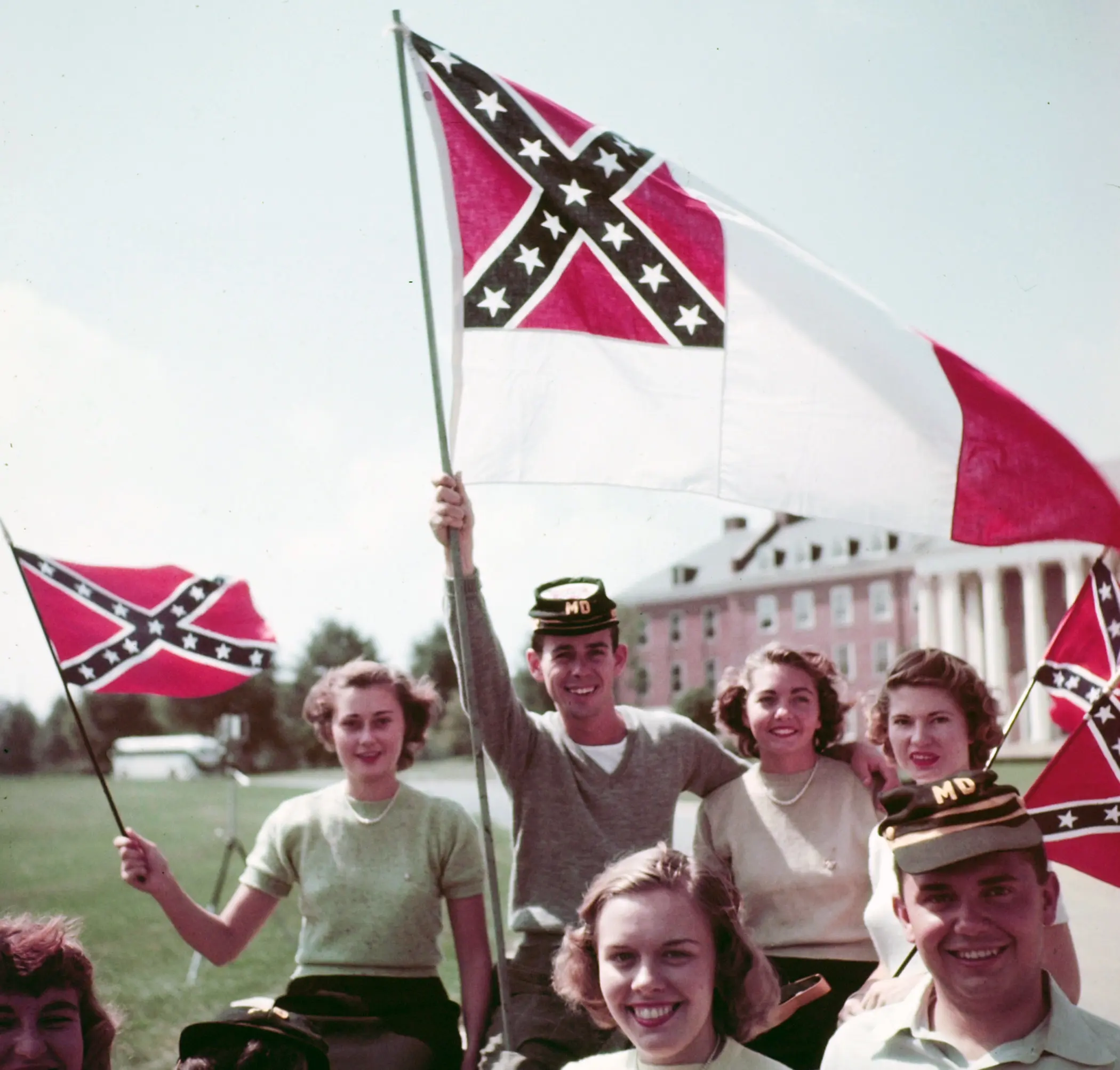

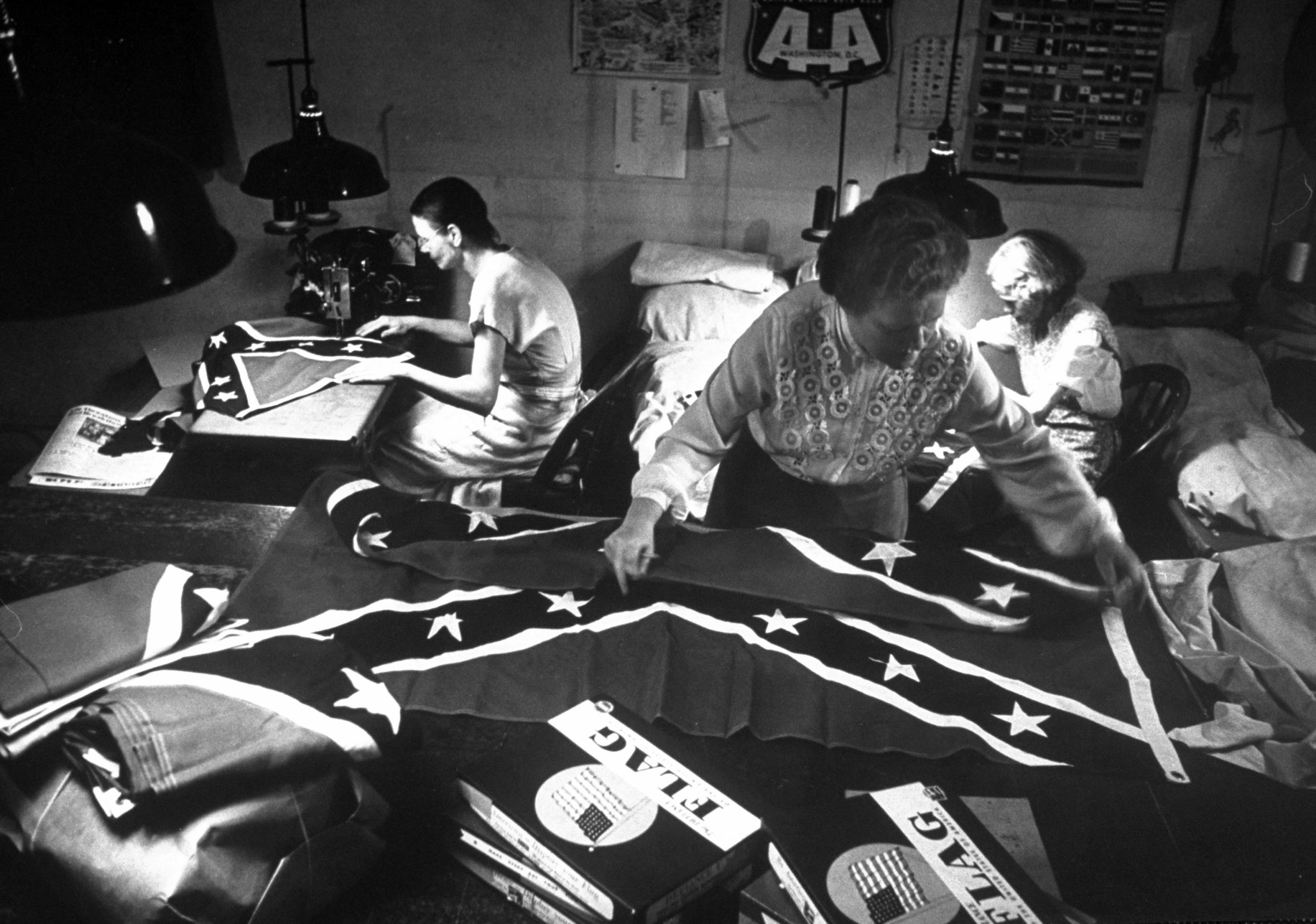




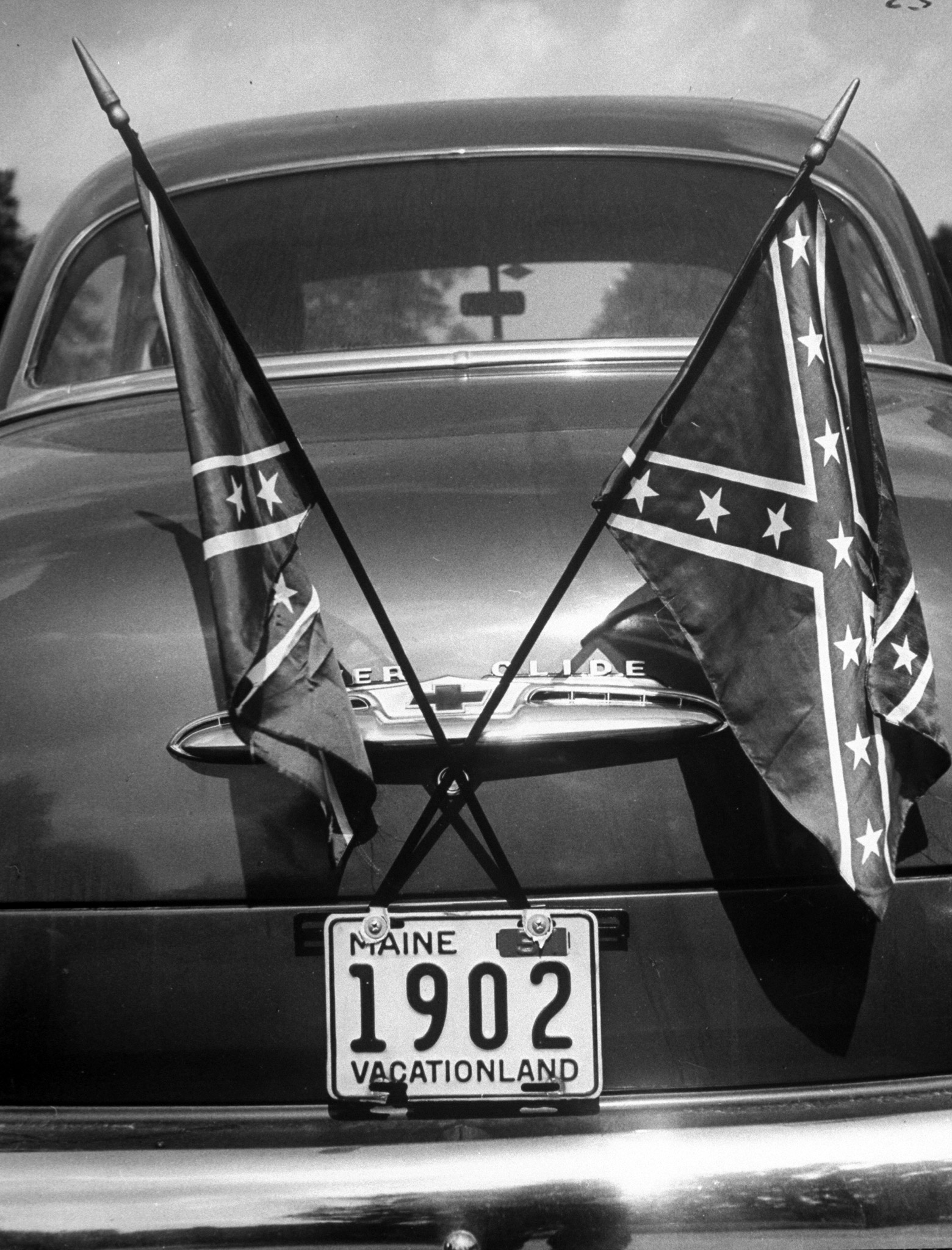

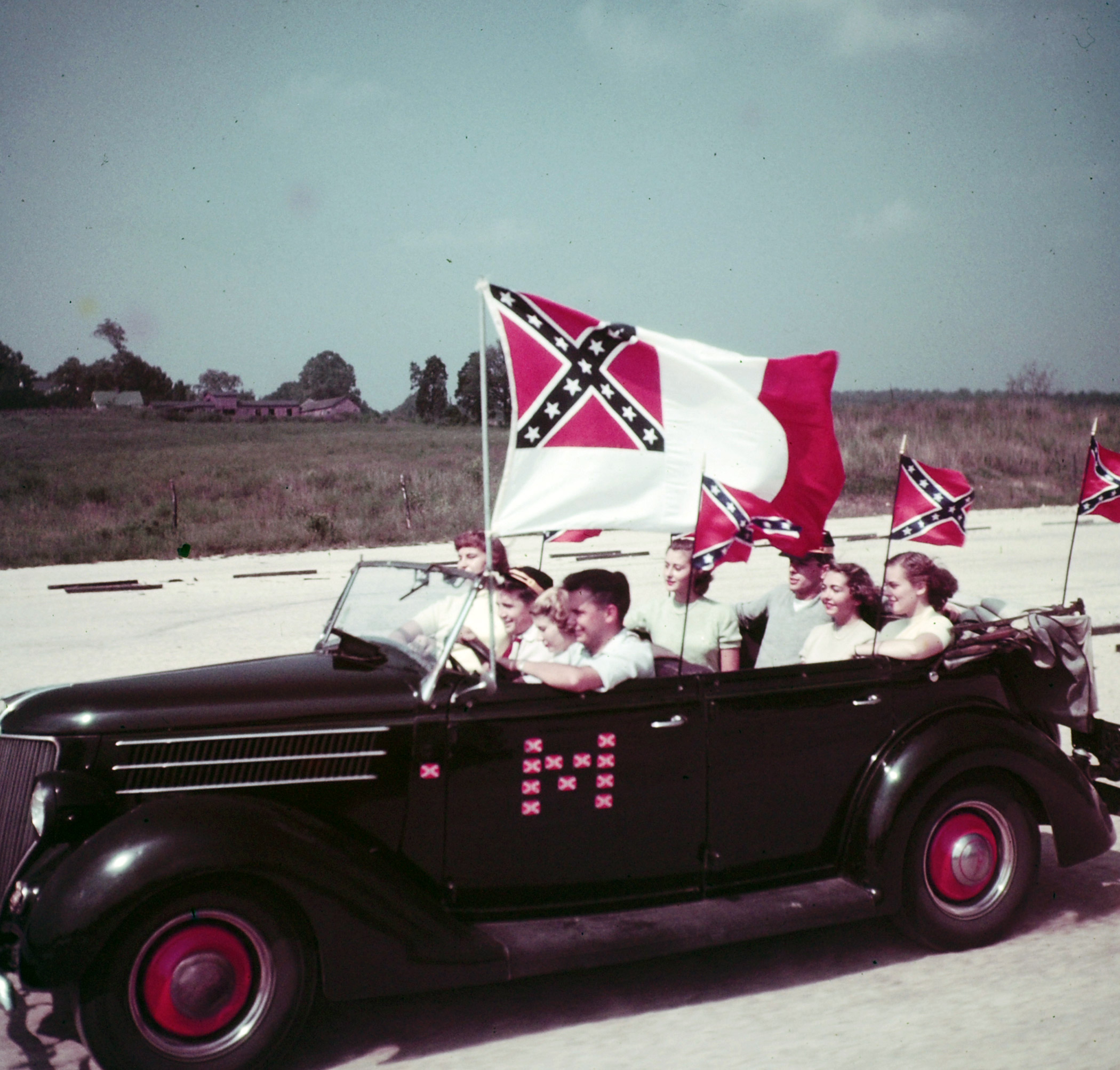
More Must-Reads from TIME
- Cybersecurity Experts Are Sounding the Alarm on DOGE
- Meet the 2025 Women of the Year
- The Harsh Truth About Disability Inclusion
- Why Do More Young Adults Have Cancer?
- Colman Domingo Leads With Radical Love
- How to Get Better at Doing Things Alone
- Michelle Zauner Stares Down the Darkness
Write to Eliza Berman at eliza.berman@time.com